The entire electric vehicle market has seen rapid growth in a short period. Still, consumers stay ignorant about electric vehicle technology. So, how well do you understand EVs? Take a closer look at the facts and myths about EVs to better understand the technology behind them. The introduction of new technology always tries to change society. But change always requires some time because there’s bound to be fear and misconception surrounding it.
Since its first appearance, EVs are the topic of endless clarification to counter misconceptions and misunderstandings. Keep on reading to explore several questions, misunderstandings, and truths about electric vehicles.
Is Electric Vehicle Technology Safe to Ride in Rainy Days?
Absolutely! Electric vehicles have four different shock-preventing designs.
- A drain hole in the charging port dispels liquid inflow from weather conditions
- Sealing-connector prevents liquid inflow once tightened
- Button on charging gun immediately shuts off electricity; preventing damage to the connector contacts
- Current flows only after complete connection established between the vehicle and charger
We all have seen the dangers of live electric current meeting water. So, it’s obvious that there are concerns regarding EV’s water exposure. However, experts dealing with electric vehicle technology have taken the viewpoint seriously and install shock prevention mechanisms and designs perfectly. Therefore, EVs become even safer to run in the rainiest days.
Are EV Batteries Kind of Explosives?
It’s a myth! Lithium-based batteries run Electric Vehicles combined with several safety designs to prevent battery fire and explosion during a short circuit or high-temperature bursts.
4-Stage Shock Prevention Design for Ultimate Protection:
- Vehicle Cooperative Control: Electric motor and various electrical components are connected to batteries which can get affected if high voltage components fail. Fail-safe features are included with the designs to prevent such failures from impacting the battery.
- Active Protection: Installed battery management system prevents accidents by managing battery charge status, cells, balancing and various other fine tunings. If an abnormality found at any point of time, the battery gets automatically shuts through the connected relay.
- Manual Protection: There’s a fuse connected to manually disconnect the current flow as soon as a short circuit happens in the car or the battery.
- Rigid Battery Cell Architecture: Batteries used at electric vehicle technology has built-in external shock-absorbent quality. They’re manufactured with ceramic-coated separators to improve strength and lithium batteries with excellent heat dissipation properties that protect batteries from external heat.
EV batteries undergo a wide range of testing checks before finally put into electric vehicles.
Deadly EM Waves Comes from Electric Vehicle Technology
Myth! Though the controversy around the possible harmful effect of EM waves to the human body doesn’t settle yet, saying EV emits deadly EM waves is wrongdoing. Measurement reports say EM waves in EVs is minuscule. EVs greatly follows the set of international guidelines on EM exposure and thus passes every type of EM wave measurements.
Electric Vehicles are Not Really Green
A complete myth! Many still have a doubt on EVs and often ask how green electric vehicle technology is. The argument is that EVs don’t emit greenhouse gases, but the electricity provided for charging is generated in a way that produces greenhouse gases. How true is that?
If EVs get charge on electricity produces by thermal power, then there’s a connection. However, findings say EVs charged by a gasoline generator emits 110g of CO2 per 1km driven. On the other hand, combustion engine vehicles emit 128g of CO2 per 1km driven. This means EVs emit less CO2 overall. But when EVs will run on various renewable energy sources, the percentage of CO2 emission even got lesser. Today, the world is eyeing for a carbon-free society and thus eco-friendly power generation is getting traction. At this perfect time, electric vehicle technologies are getting even more eco-friendly.
Is EV Battery Replacement a Financial Burden?
Not at all! The life expectancy of an EV battery depends on how many charge cycles it can take. Generally, an EV’s battery has at least 1000 cycles of full depletion followed by a full charge, about 5000 cycles of 50% depletion and full charge, 8000 cycles of 20% depletion and full charge. This means the more you keep charging your EV batteries; the slower its battery life becomes. The maintained process you follow, the life expectancy increases to a greater extent; keeping you in less financial burden.
Tell us more myths you heard about electric vehicles and we’d love to demystify them for you!
Stay tuned for more updates on electric vehicle technology! Subscribe to the channel now!

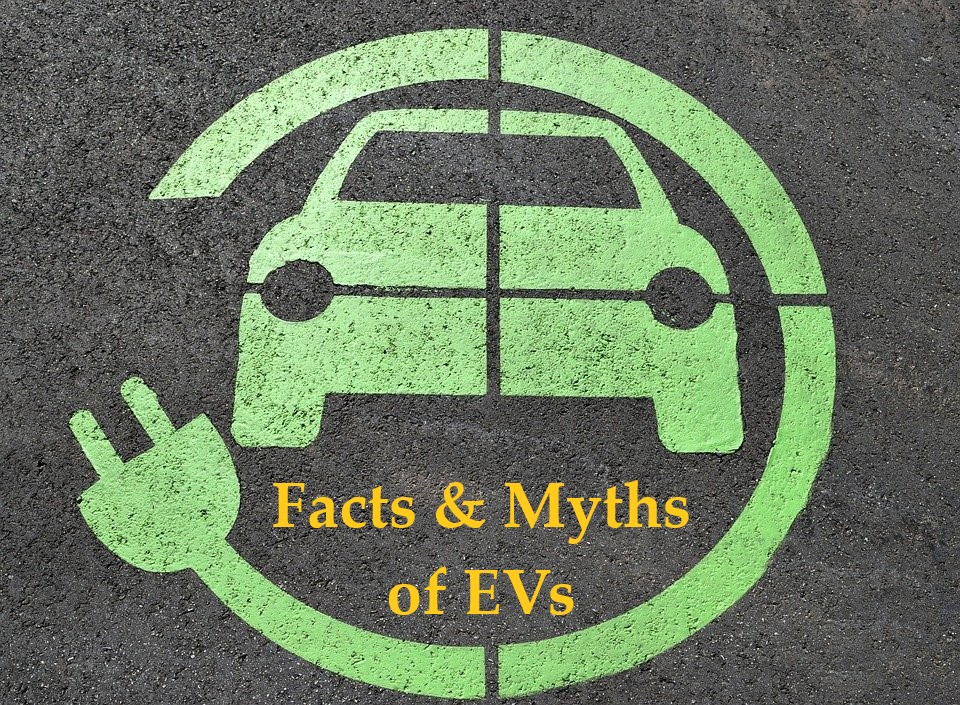
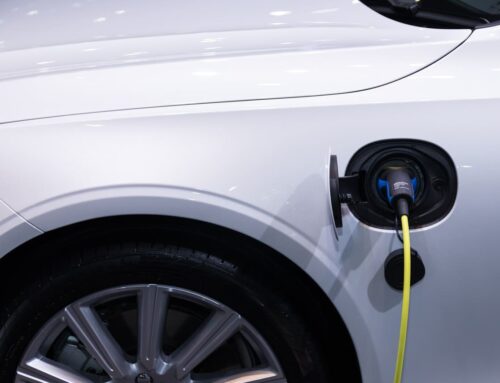
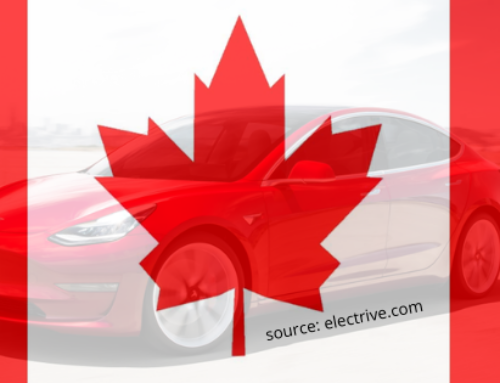
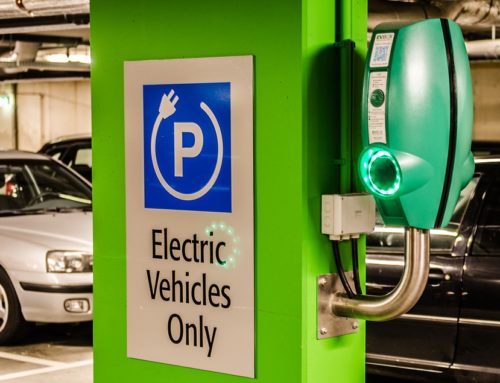
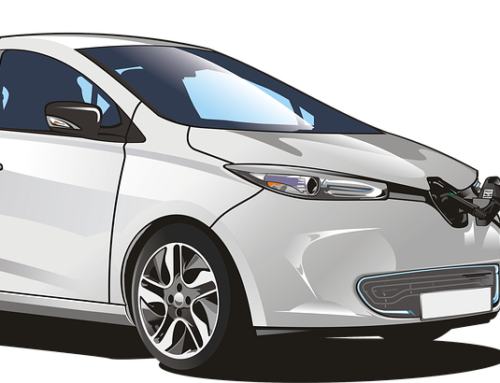
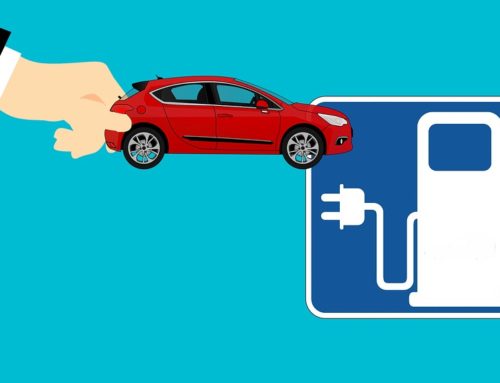
Leave A Comment